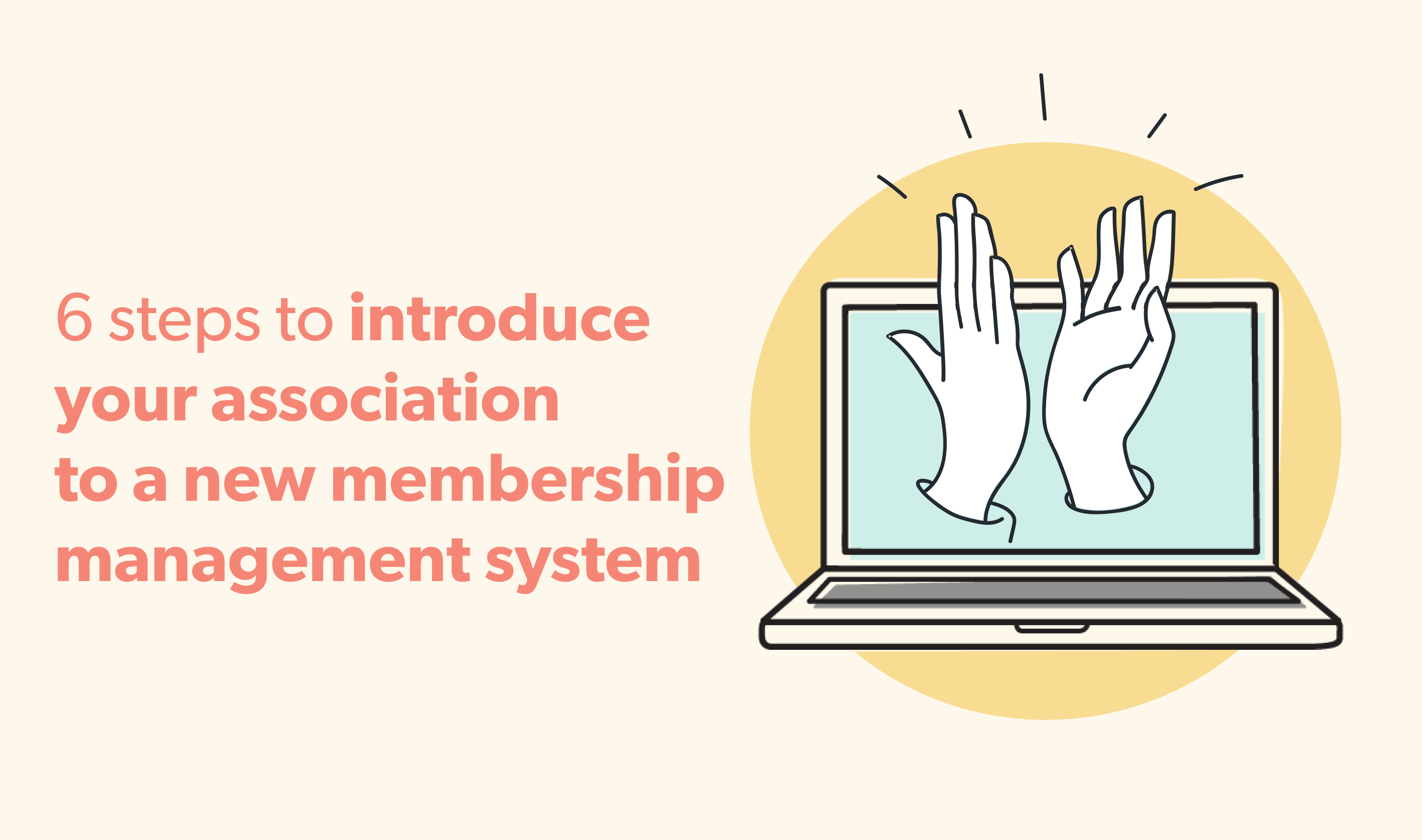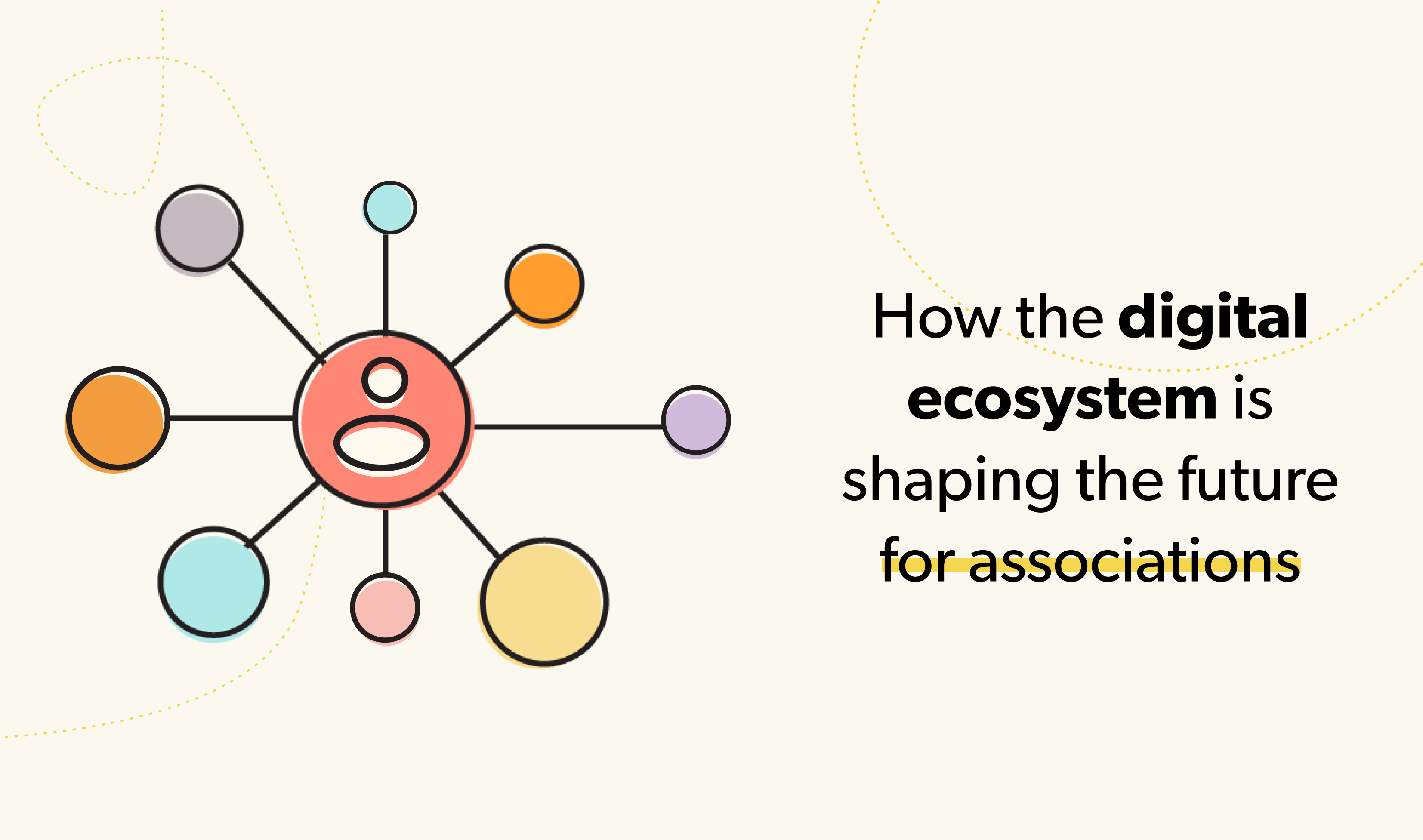Leverage Data with Machine Learning

At Wicket we are always thinking about how we can best solve the problems that the membership industry is facing. While a lot of those problems are about operations in membership management, increasingly we see the need to solve problems in corporate strategy, marketing and business planning.
In 2018, good decision making is based on data insights, and typical questions that member-driven organizations face relate to their membership. These questions can be grouped into the following categories:
Membership Composition
- Who are our members?
- Where are they located?
- Where do they work?
- What are their demographics and specialty distributions?
Membership Behaviour
- How do they engage with our organization?
- What events do they attend?
- What content do they find useful on our website?
- How do their behaviours change over time?
Membership Profiling
- What are their interests?
- How do they perceive our organization?
- What motivates them?
- What prompts them to renew their membership every year?
Ultimately, association managers want to understand better their members so they can provide valuable information and services which will keep members engaged.
It starts with good data
We firmly believe that the answers to many of the questions that managers have are hidden in their membership data; particularly around membership composition, where answers are often found by basic aggregation of data and reporting.
Information about behaviour can often be tracked through analytics solutions, while profiling your members might be among the most difficult questions to answer, but even those can be inferred by correlating behaviour and composition.
Wicket has a unique perspective on membership data. We feel like our current product implementation does an excellent job of collecting information that can answer the first two categories of questions.
Understanding Membership Composition
Wicket supports an advanced membership onboarding workflow. Our clients are able to collect lots of valuable information about a member when they join or renew their membership. Wicket custom fields and automated workflow can guide the member in providing the information that the organization wants to track in an easy to follow wizard.
This information is centralized in Wicket’s database and is easy to retrieve and to query through our integration with Chartio as a reporting tool. Through these reporting capabilities, data can be aggregated and segmented for analysis.
Understanding Membership Behaviour
One of the core offerings of Wicket is the array of integration capabilities that it provides to other best of breed productivity and operations software out there. The idea is that association management teams can pick the best tool for their job and have these tools talk to Wicket to keep the member data and member user experience unified.
Wicket is capable of logging what we call Touchpoints. These are entries into our database that record details of key interactions that members have with those other integrated tools. For example, Wicket can track every time a member registers or attends an event in Eventbrite, or every time they receive a campaign email from MailChimp, or when someone buys an item in Shopify, to name a few examples. These Touchpoints not only log the interaction itself but additional metadata about the context of the interaction.
Through reporting, these touchpoints paint a picture of the general behaviour and level of interaction that members have with the membership organization. Analysis of this data can provide answers to the questions about membership behaviour.
Membership Profiling and Prediction
The next evolution in this data analysis roadmap consists of more advanced ways to analyze data and draw conclusions or even predict future behaviour.
In the past, at this juncture, an organization would need to have data analysts on staff to comb through the mass amount of data points collected about members. They would also require expertise in data analysis modelling to create forecasts for prediction of future behaviour or to infer non-obvious trends in the data set.
However, at Wicket we want to solve this problem for our clients by leveraging modern technology. For this purpose, our roadmap includes work on leveraging Machine Learning to do the analysis of the data for our customers.
Machine Learning is a field of computer science that deals with the creation of computer algorithms or programs that allow computers to “learn” directly from the data and uncover patterns without the need to program the computer with that knowledge beforehand.
Machine Learning algorithms are used in a number of applications and devices that we use every day. They are particularly good at certain tasks such as classification, clustering and regression (prediction). The kind of problems we are looking to solve relate to each one of these tasks.
Classification
In terms of classification, Wicket will be able to analyze membership information and automatically classify member profiles into a predefined set of classes (or groups). These groups can have different properties depending on what our client is looking for. As an example, these classes could be “Satisfied” and “Dissatisfied” members.
Through some supervised learning, the machine learning algorithm could automatically classify members into these two buckets based on a number of data points that are relevant to determine if they are satisfied with their membership or not.
This classification could help the efforts to reach out to members when renewal season is coming up and to understand possible reasons for them to be unhappy with their membership status before they decide not to renew.
Another example of classification is sentiment analysis. Through the integration capabilities of Wicket, often our clients can capture qualitative feedback in the form of comments posted to articles in their website, or about events they attend, courses they take or products they buy. Analysis of the body of these comments can render a sentiment classification of the state of mind of the member when they posted the comment. With this information, staff could gauge the impact of the resources available to members and make decisions about where to invest their efforts to improve service and product offerings.
Clustering
At times, our clients won’t know beforehand what groups they would like to use to classify their member profiles. Clustering algorithms help with this kind of task by doing unsupervised learning around the data set.
In this case, the algorithm will seek to group a set of members in such a way that members in the same group (called a cluster) are more similar (in some sense) to each other than to those in other groups.
Later analysis of these clusters or groups can yield the discovery of segments or communities within the general membership population who share similar properties or interests that were unknown initially. This, in turn, can help with member segmentation for communications or for marketing purposes.
Through this analysis you could, for example, discover communities that are passionate about a particular subject in your forums, or a group of people that consistently attend your annual conference or even people who are advocates and vocal about promoting your organization, to name a few.
Regression
In regression analysis, the task is to understand the relationship between a group of independent variables and how variation in each one of those may or may not affect a dependent variable. This technique is used extensively for prediction and forecasting.
In more concrete terms this allows you to attempt to determine causal relationships of attributes in your data. For example, given a set of membership properties (i.e. age, level of education, and some other engagement properties) we would like to know the dollar amount that members are willing to invest in services and products offered by the association or organization.
In other words, through machine learning regression techniques we can first find what are the input or independent variables that affect the willingness to spend, and then try to establish how variations in those variables affect the independent variable: spend dollar amount (output).
What’s next
These are just a few examples of the kind of problems we are trying to solve and the answers we want our clients to have. The possibilities are endless, and we believe that we can leverage the collective intelligence of multiple bodies of membership data to provide answers to questions that are common to all membership organizations and also to unique questions that each organization may have.
Over the upcoming weeks and months, we will continue to provide updates on the progress of our machine learning research here at Wicket. We would love to hear your feedback, so don’t hesitate to reach out!





